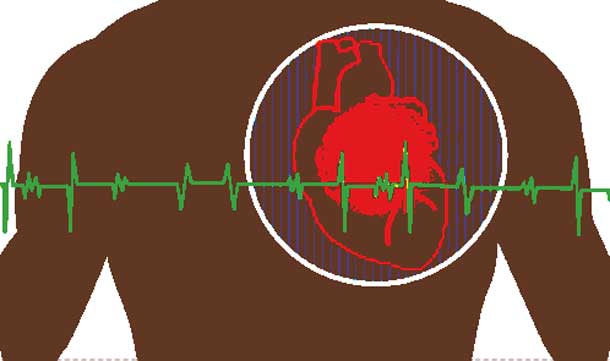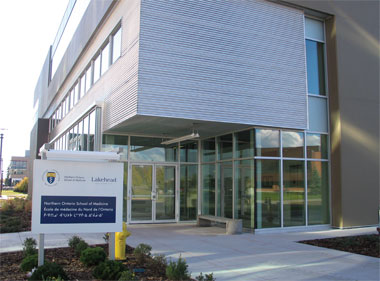
EDMONTON – HEALTH – Researchers at the University of Alberta’s Faculty of Medicine & Dentistry have explained how the function of a key protein in the heart changes in heart failure. Heart disease is the number-one killer in the developed world. The end stage of heart disease is heart failure, in which the heart cannot pump enough blood to satisfy the body’s needs. Patients become progressively short of breath as the condition worsens, and they also begin to accumulate fluid in the legs and lungs, making it even more difficult to breathe.
The molecular structure of the heart muscle changes as heart failure progresses, though scientists cannot always agree on what changes are good or bad. One change that occurs is an increase in “calcium sensitivity”. Calcium ions are pumped in and out of the muscle cell with each heartbeat, turning contractions on and off. When the calcium sensitivity increases, contractility increases, but at a price: the relaxation of the heart becomes slower. Both phases of cardiac function are important: impaired contraction leads to systolic heart failure, while impaired relaxation leads to diastolic heart failure. Both types of heart failure are similar in terms of overall prevalence, symptoms and mortality.
Since 1976 medical researchers have known that the heart regulates its calcium sensitivity by phosphorylating (adding negative phosphate groups) to a key cardiac protein called troponin I. The troponin complex is made up of three proteins, C, I, and T, which trigger muscle contraction in response to calcium. In heart failure, the phosphate groups are removed from troponin I, but it wasn’t known how this caused an increase in calcium sensitivity.
Peter Hwang, an assistant professor in the Department of Medicine, working with professor Brian Sykes in the Department of Biochemistry at the University of Alberta, studied the troponin complex with nuclear magnetic resonance (NMR) spectroscopy, a powerful method that uses superconducting magnets to probe atomic level structure. They observed that unphosphorylated troponin I binds to troponin C to keep it in an optimal orientation for triggering contraction. The (N-terminal) region of troponin I that interacts with troponin C is very positively charged, while troponin C is very negatively charged, so adding negative phosphate groups to troponin I disrupts the interaction and releases troponin C so that it becomes less efficient at triggering contraction.
“Scientists believed that the dephosphorylation of troponin I seen in heart failure somehow caused the troponin complex to become less functional,” says Hwang, lead author in the study. “Actually, the change brings it into the optimal alignment to trigger contraction. The heart has other mechanisms of regulating calcium sensitivity that probably also act by stabilizing or disrupting this arrangement.”
Hwang hypothesizes that the heart continuously adjusts calcium sensitivity in order to maintain a proper balance between contraction and relaxation.
“I believe that calcium sensitivity will become a central concept in cardiology. The increase in calcium sensitivity seen in heart failure may be the heart’s response to ongoing volume or pressure overload. While this would be a beneficial compensation in the setting of systolic heart failure, it is probably not helpful in diastolic heart failure. A Heart and Stroke Foundation grant is now allowing our team to develop troponin-targeting drugs that modulate calcium sensitivity for the treatment of heart failure. We will see if this hypothesis is correct.”






